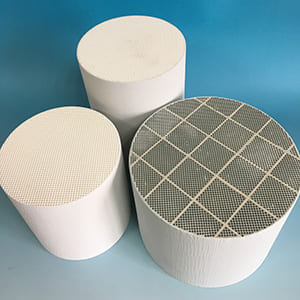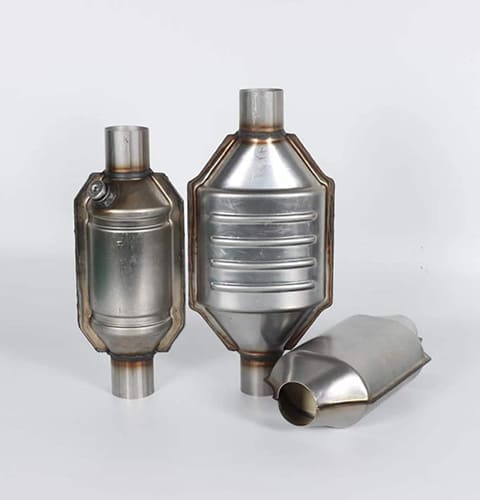Have you ever wondered how modern diesel engines maintain their power while minimizing their environmental impact? How do they manage to meet stringent emission standards without sacrificing performance? The answer often lies in a critical component known as the Diesel Particulate Filter (DPF). But what exactly does a DPF filter do?
A Diesel Particulate Filter (DPF) is a key component in the exhaust systems of diesel engines, designed to reduce the amount of harmful particles released into the atmosphere. Specifically, it captures and stores soot (a form of particulate matter) from the exhaust gases, preventing it from being emitted into the environment. Over time, this soot accumulates and must be burned off through a process called regeneration. This process ensures that the filter doesn’t become clogged and that the engine continues to operate efficiently.
In today’s world, where environmental regulations are becoming increasingly strict, the role of the DPF filter has never been more critical. Diesel engines are notorious for their emission of particulate matter, which contributes to air pollution and poses significant health risks. Without a DPF, these engines would fail to meet the emissions standards set by governments worldwide, leading to higher levels of pollution and potential fines or restrictions for non-compliant vehicles.
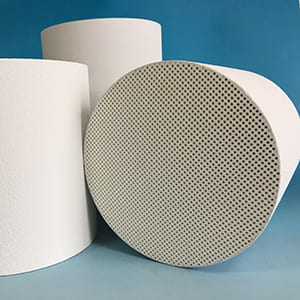
How Does a DPF Filter Work?
At the core of the DPF’s functionality is its ability to trap particulate matter, including soot. But how does this process actually work? And how does the filter ensure that it doesn’t become clogged with these trapped particles?
The DPF operates by forcing exhaust gases to pass through a complex filtration system made of porous materials like cordierite or silicon carbide. These materials are designed to capture particles while allowing gases to flow through. Over time, the captured soot accumulates on the walls of the filter. If left unchecked, this accumulation could block the exhaust flow, leading to increased back pressure, reduced engine efficiency, and potential engine damage.
This is where the process of regeneration comes into play. Regeneration is the process by which the accumulated soot is burned off within the DPF, converting it into ash and carbon dioxide. There are two main types of regeneration: passive and active.
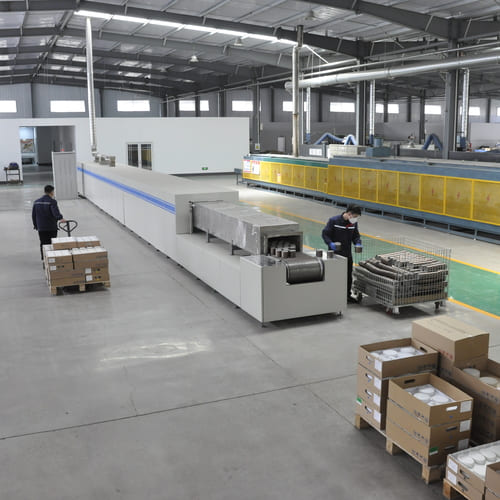
Passive Regeneration
Passive regeneration occurs automatically when the exhaust temperature is high enough to burn off the soot particles. This usually happens during regular driving conditions, such as when driving at highway speeds. The high temperatures naturally burn the soot, clearing the filter without any driver intervention.
Active Regeneration
However, not all driving conditions allow for passive regeneration. In cases where the exhaust temperature isn’t high enough, the vehicle’s engine control unit (ECU) triggers active regeneration. This involves injecting additional fuel into the exhaust stream to raise the temperature and burn off the accumulated soot. Active regeneration is essential for vehicles that spend a lot of time in stop-and-go traffic or other conditions that don’t generate sufficient exhaust heat.
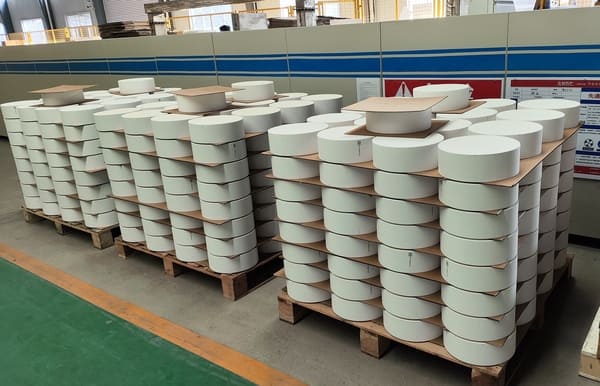
What Happens if the DPF Filter Fails?
Given the importance of the DPF filter in reducing emissions, what happens if it fails or becomes clogged? The consequences can be severe, both for the engine and the environment.
A clogged DPF can lead to increased back pressure in the engine, which reduces efficiency and power. This can result in higher fuel consumption, lower performance, and potentially even engine damage if the issue isn’t addressed. In severe cases, the vehicle may enter a “limp mode,” restricting the engine’s power to prevent damage.
From an environmental perspective, a malfunctioning DPF means that more particulate matter is released into the atmosphere, contributing to air pollution. Additionally, most modern vehicles are equipped with sensors that monitor the DPF’s condition. If the filter isn’t functioning properly, the vehicle will likely fail an emissions test, leading to potential fines or restrictions.
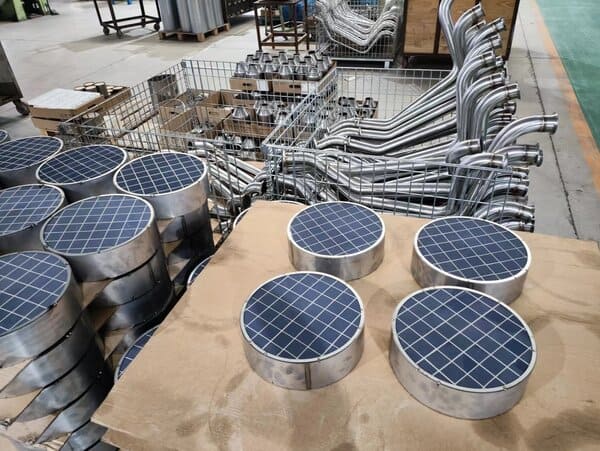
How to Maintain a DPF Filter?
Maintaining a DPF filter is crucial for ensuring that it continues to operate effectively. Fortunately, most vehicles with DPF systems are designed to be relatively low-maintenance, as long as they are driven regularly under conditions that allow for passive regeneration.
One of the best ways to maintain a DPF is to drive the vehicle at highway speeds regularly. This helps ensure that the exhaust temperature is high enough to trigger passive regeneration, keeping the filter clean. For vehicles that are primarily driven in urban environments or under stop-and-go conditions, active regeneration may be required more frequently.
In addition to regular driving, it’s important to use the correct type of diesel fuel and engine oil. Some additives in fuel and oil can create ash that doesn’t burn off during regeneration, leading to a buildup of residue in the filter. Over time, this can cause the filter to become clogged, even if regeneration is occurring as it should.
When Should a DPF Filter Be Replaced?
Even with proper maintenance, a DPF filter won’t last forever. Over time, the ash that remains after regeneration accumulates, gradually reducing the filter’s effectiveness. Most DPFs have a lifespan of around 100,000 to 120,000 miles, depending on driving conditions and maintenance practices. When the filter reaches the end of its life, it will need to be replaced to ensure continued compliance with emissions standards.
Replacing a DPF can be expensive, but it’s a necessary cost for maintaining the performance and legality of your vehicle. Ignoring a failing DPF can lead to much higher costs in the form of engine repairs or fines for failing emissions tests. Some vehicles also offer a service to clean the DPF, which can extend its life and delay the need for replacement.
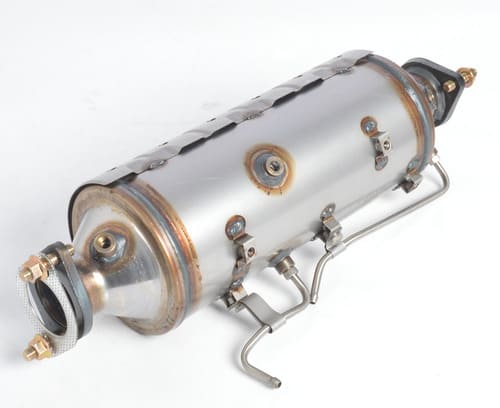
Conclusion
The Diesel Particulate Filter (DPF) plays a vital role in modern diesel engines, helping to reduce harmful emissions and ensure compliance with stringent environmental regulations. By trapping and burning off soot particles, the DPF ensures that diesel vehicles can operate efficiently without compromising air quality. Understanding how a DPF works, the importance of regeneration, and the need for regular maintenance can help ensure that your vehicle remains in top condition while minimizing its environmental impact.
Taking care of your DPF filter isn’t just about keeping your vehicle running smoothly—it’s also about protecting the environment. By following best practices for driving and maintenance, you can ensure that your DPF filter continues to perform its critical function for years to come.

